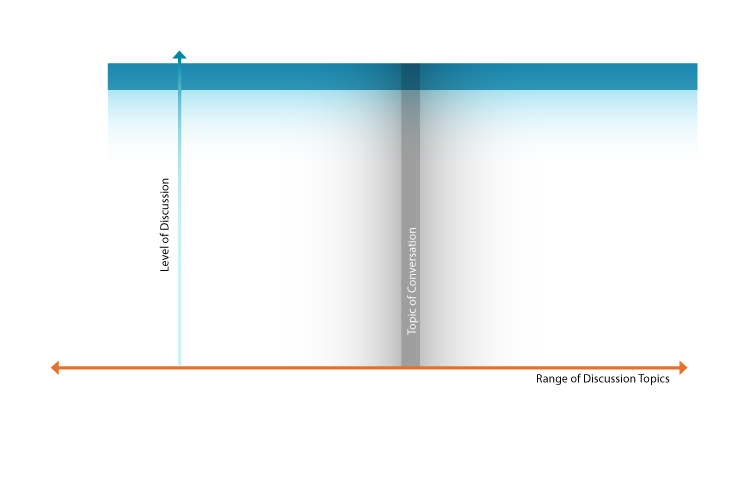
Sometimes a book comes along that demonstrates in a very effective way the meaning of perfect. There’s a saying: “I will know when I see it.” But our seeing and knowing is wrapped up in our cultural bias and prone to mirroring errors. This contextual confusion over categorization is often cited during the discussion of American blindness to fat—when everyone in a group is over weight, no one is. The book “Athlete” shows what’s normal for various athletic groups. And what’s normal to some is amazing to others…










